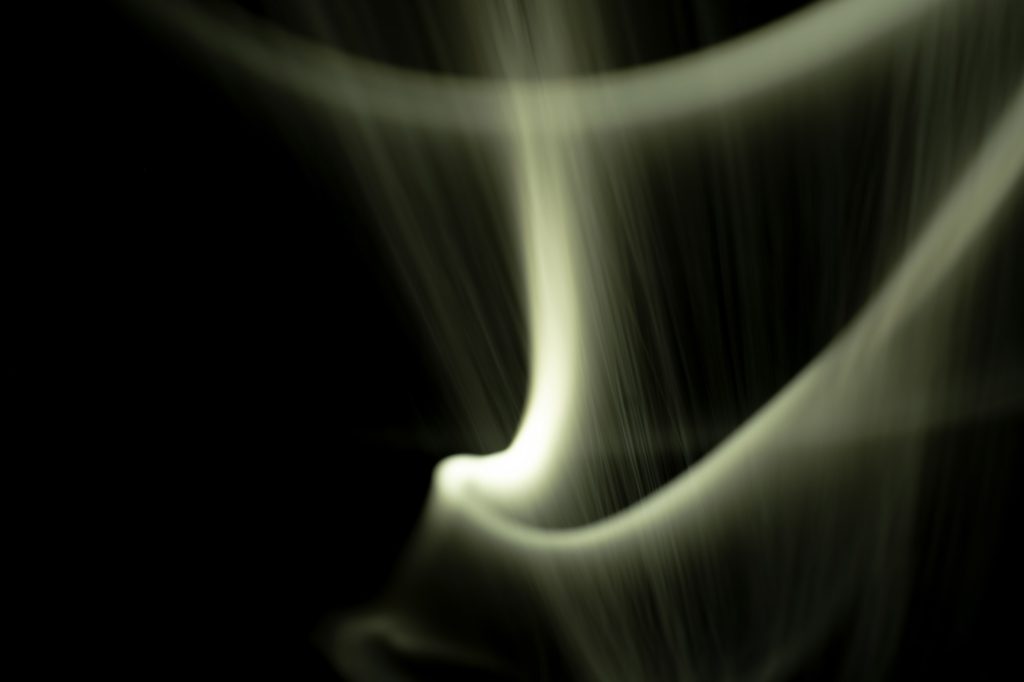The project “The Covenant” constitutes an interpretative response, articulated through the visual language of Conscious Abstraction, to Stefan Gierowski’s abstract cycle The Ten Commandments. As part of this engagement, I have introduced a Prologue and an Eleventh Commandment, authored by Marian Turski—a Holocaust survivor and moral witness—whose contribution expands the ethical discourse beyond its canonical framework.
Here, the Decalogue is not approached as a religious dogma, but rather as a universal and symbolic codex of moral imperatives—a dialogical space wherein the individual negotiates ethical meaning with the self, with society, and with conscience. The project seeks to reclaim a contemplative space—one of silence, introspection, and spiritual resonance—through non-representational visual language.
Light Painting functions within this framework as a metaphor for spiritual illumination, the intangible nature of values, and the subtle presence of ethical boundaries. Each commandment, or “law,” is transposed into a visual gesture—a specific modulation of light’s movement, intensity, chromaticity, and spatial articulation. These elements together embody the ethical and emotional gravity of each principle. The visual language eschews figuration in favor of symbolic abstraction, where the formal tension between light and shadow, color and void, operates as a metaphor for the existential dilemmas and moral conflicts embedded in human experience.
Research Assumptions and Conceptual Framework: Through the lens of Conscious Abstraction, this project investigates the potential of abstract visuality to convey ethical narratives. It asks whether moral law—typically transmitted through language or dogma—can be reconstituted through abstract form as a mode of philosophical and emotional inquiry. The goal is to construct a visual space wherein the idea of “Law” is not prescriptive but reflective, allowing viewers to engage with ethical meaning outside of religious iconography. Each work becomes a symbolic residue of affect, moral tension, and ethical boundary—a visual proposition that questions whether ethics can be articulated through pure form.0. The prologue — “I am the Lord your God, who brought you out of the land of Egypt, out of the house of bondage” — is not approached here as a declaration of divine authority, but rather as the inception of freedom and identity awareness.
Employing the technique of light painting, I explore the threshold moment — a metaphysical rupture between darkness and light that signifies the birth of subjectivity. This act of emergence is conceived as the first breath taken upon exiting a system of oppression. The luminous frame assumes the form of an opening portal: the movement of light does not construct a physical path, but instead traces a spiritual trajectory. The color palette is purposefully contrasted: deep black evokes Egypt — the space of bondage — while the piercing flash of white and gold embodies the moment of liberation and revelation.
This is not merely the introduction to moral law, but a foundational moment of relational emergence between the individual and the transcendent — a zero point at which both nation and person reclaim name and freedom. It is the prologue not to the commandments, but to consciousness itself.
